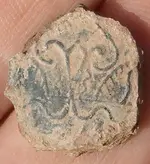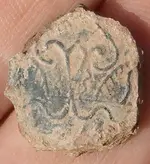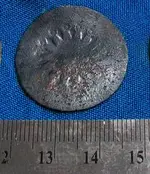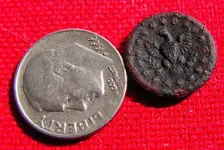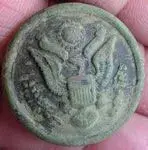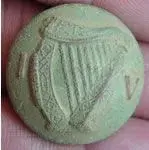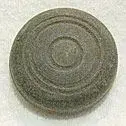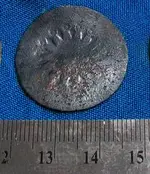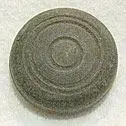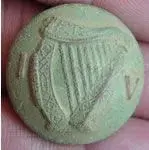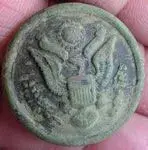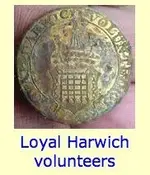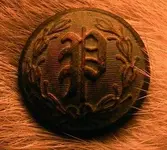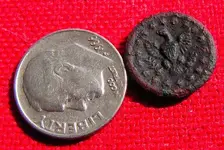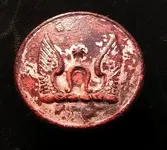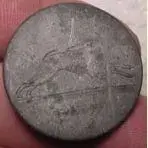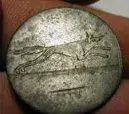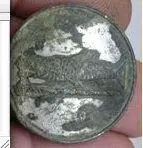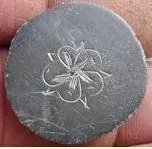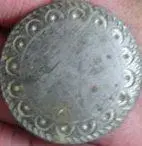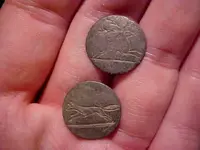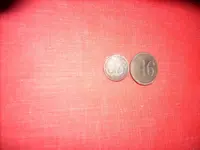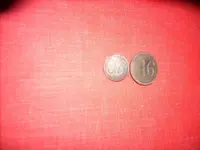I guess we could discuss coins and buttons, condition and cleaning, and molded versus struck detail for a few days but it's not worth it.
In this particular case, the surface is not corroded and since it is pewter, it doesn't have bronze disease or other issues. It has been in the ground for quite a long time and the surface does not seem to be unstable. The edge, however, is another story. It looks much like a debased Roman coin that is being "eaten" way from the edge. It is very brittle and will flake away until stable metal is reached. Once a button or a coin with this type edge problem is removed from the ground, the edge actually gets more fragile. Some have suggested that this is caused by the moisture level fluctuating. So in my opinion, the surface of this button shows a condition that will support gentle cleaning but the edge is the danger point. Soaking in olive oil will "fill in" the flaking metal and seal it enough where a brief exposure to soap and water will not get more water into the button.
I have dug many copper coins where the detail is really corrosion being held to the surface by who knows what. THESE coins must be treated with the utmost care or the "crud" that has replaced the detail will be quickly removed with cleaning. These coins are different from those that have no surface corrosion and the detail is still metal and not a mixture of oxidized metal and soil chemicals.
So coins that have surface corrosion and buttons that show no surface corrosion must be treated different. In THIS particular case, the button surface shows that it will withstand more cleaning, and still retain detail, than a coin with severe surface corrosion.
So be careful since the edge of the button indicates it is brittle. Don't apply pressure when the button is not supported underneath. But in my opinion, this button will take a gentle surface cleaning and reveal its detail where many corroded coins will not.
Let us know what happens.
Daryl



